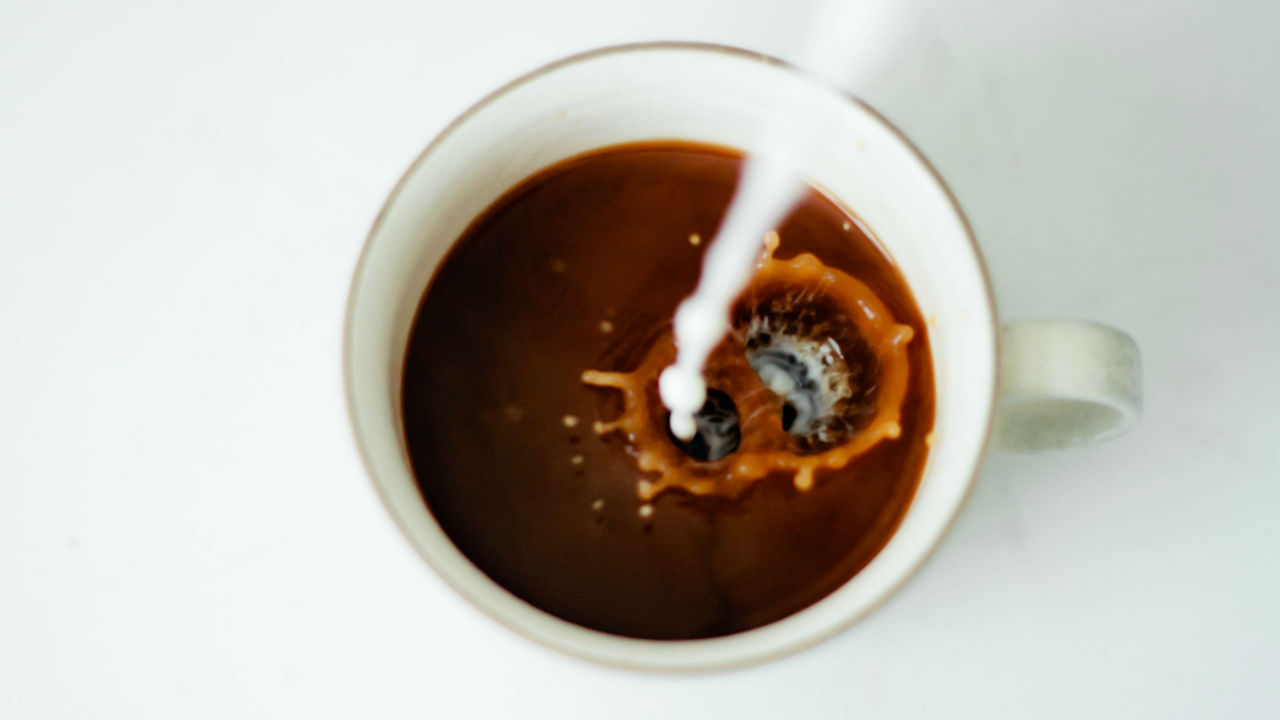 famveldman/Fotolia
famveldman/Fotolia
For the new mother, life has just introduced plenty of new situations that she may not feel prepared for. Fortunately, many of the new problems she may face are common and the solutions are well within reach. All it takes is a little knowledge, and knowledge is power.
Here are a few of the problems that may face a nursing mother:
1) Increasing your milk supply
When a baby goes through a growth spurt, she will want to breastfeed more frequently and many mothers will worry that they can't provide enough milk.
But allowing her to nurse as often as she wants will increase your supply. Usually within a few days, the frequent nursing should subside to the more usual pattern.
And as always, mom should be drinking plenty of water. During these more-frequent nursing rounds this is even more important.
Click here for more information.
2) Blocked milk ducts and mastitis
A breast may become sore if the flow of milk is blocked. The breast may or may not have a hard spot, and may or may not be red.
This condition can be caused by a blocked milk duct. Treatment is necessary to prevent infection, also known as mastitis, which will make the mother achy, feverish, and feeling worn out. Antibiotics are sometimes, though not always, called for.
Breastfeeding often, applying heat to the area and getting as much rest as possible is recommended by La Leche League International (LLLI). Showers or baths, and massage with a warm cloth may be beneficial.
The frequent breastfeeding helps reduce inflammation, and helps to decrease the blockage. Generally, continued breastfeeding is safe for the baby.
If relief does not begin with 24 hours, call your doctor.
For more information click here.
3) Thrush
A yeast infection known as thrush can affect the nipples. It can cause itchiness and a burning sensation. Pinkness or redness can appear, along with flakiness or a shiny appearance. A rash with small blisters may emerge.
See your doctor to determine what your options are. Several medications are available by prescription or over the counter. It is not necessary to stop nursing.
For more information click here.
4) Cracked nipples
Nipples can become sore and cracked if the baby is not latching on properly, or from bacteria or yeast that may be in her mouth.
Applying medical grade ultrapure lanolin to the nipples after nursing is recommended by Parenting.com. So is using hydrogel dressing between feedings. If you have an infection, your doctor can prescribe medication.
While you are healing up, start a breastfeeding session with the least sore breast. This will trigger a let-down of milk, which should mean it's flowing freely and will prompt less vigorous sucking when it's time for the other, more painful, side.
Short frequent feedings are recommended to prevent both breast engorgement and aggressive nursing by a hungry baby.
If you have to stop nursing for a time, an electric breast pump may fill the bill, providing the stimulation to maintain your milk supply and providing your baby with your expressed milk.
For more information click here.
5) Inverted or flat nipples
Flat or inverted nipples won't prevent successful breastfeeding. Some shapes are easier for a baby to latch onto, but usually a little help from mom in terms of positioning should be all that's needed.
Some women have found it useful to draw out their nipples using a breast pump, or to simply perform nipple stimulation or pull back breast tissue at the chest wall before nursing.
You can find other suggestions click here.
6) Breastfeeding an adopted baby
An adoptive mother who wants to breastfeed her baby may be able to do so. The process is not easy or quick, and takes much patience and commitment, and there is no guarantee for success.
It would involve using a breast pump every two to three hours and perhaps a supplemental nursing system, according to LLLI. The baby is being fed while at the same time stimulating your own milk production.
"The key to all this is that the more stimulation your breasts receive, either by pump or baby, the more likely milk will be produced," an LLLI article reports on the subject.
For more information click here.
Reviewed August 9, 2016
by Michele Blacksberg RN
Edited by Jody Smith
How Can I Increase My Milk Supply? Lalecheleague.org. Retrieved Aug. 9 , 2016.
http://www.lalecheleague.org/faq/increase.html
My breast hurts. What can I do? Lalecheleague.org. Retrieved Aug. 9 , 2016.
http://www.lalecheleague.org/faq/mastitis.html
Is thrush causing my sore nipples? Lalecheleague.org. Retrieved Aug. 9 , 2016.
http://www.lalecheleague.org/faq/thrush.html
Painful cracked nipples. Parenting.com. Retrieved Aug. 9 , 2016.
http://www.parenting.com/article/your-breastfeeding-problems-solved
My doctor said I have inverted or flat nipples. Can I still breastfeed my baby? Lalecheleague.org. Retrieved Aug. 9 , 2016.
http://www.lalecheleague.org/faq/flat.html
Can I Breastfeed My Adopted Baby? Lalecheleague.org. Retrieved Aug. 9 , 2016.
http://www.lalecheleague.org/faq/adopt.html



Add a CommentComments
There are no comments yet. Be the first one and get the conversation started!